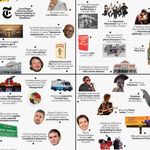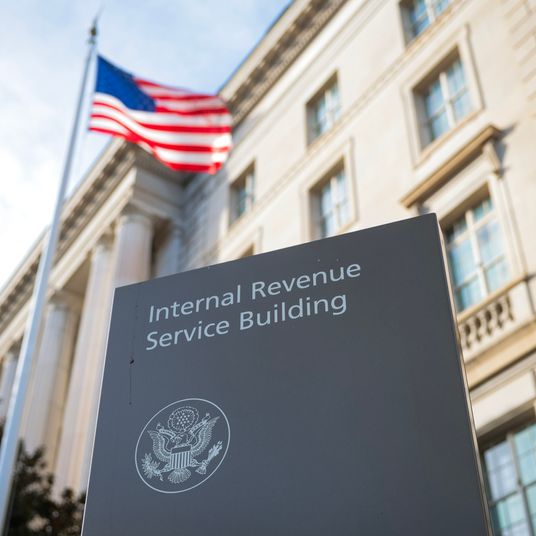
For the fourth time in the past seven days, the U.S. set a record Tuesday for the number of new reported coronavirus cases, with more than 48,000. On the same day, Dr. Anthony Fauci told Congress that he “would not be surprised if we go up to 100,000 a day if this does not turn around.”
As states delay, and in some cases reverse, reopening plans due to the resurgent outbreak, the type of person testing positive for coronavirus is changing in one major way: They’re a lot younger than they were.
Last Friday in Florida, when the state announced a new ban of alcohol consumption inside bars, Governor Ron DeSantis said young people are driving the state’s current surge in cases. The median age of those testing positive for the coronavirus was above 65 in March, he said. Now it’s in the mid-30s. “If you look at that 25-to-34 age group, that is now by far the leading age group for positive tests,” he said Tuesday.
It’s a similar story in Arizona, where Governor Doug Ducey has ordered bars and nightclubs to shut down at least until July 27. “The age-group breakdown looks a lot different now compared to before the stay-at-home order,” Dr. Sara Scott of the Maricopa County Department of Public Health told the Arizona Republic last week. The paper reported that, since the state reopened in mid-May, cases among those under 19 have increased by eight times and cases among those between 20 and 44 are up six times. People over 65 have only seen cases double. The average age of a positive test is now 35, down from 49 in mid-May.
Bars in Scottsdale and Tempe have been a particular problem. One was charged with a class-one misdemeanor for not enforcing its own safety protocols. This video is from mid-June:
The trend of higher infection rates among young people is showing up all around the country. It’s happening in Texas, where Governor Greg Abbott shut down bars last week; in California, which is seeing more than 5,000 people test positive every day; and in Oklahoma, where nearly half of all cases since reopening are among those under 35. States including Michigan and Delaware, which are not among those with the most worrying spikes, have attributed isolated outbreaks to specific beaches and bars too.
In his congressional testimony on Tuesday, Fauci singled out bars and social gatherings as a particularly problematic part of the surge in cases among young people. “Congregation at a bar, inside, is bad news,” he said.
Despite the spike in infections among young people, coronavirus-related deaths keep falling. A number of explanations have been offered as to why. Deaths from COVID-19 are a lagging indicator, and the current case spike could lead to a mortality spike, even if it hasn’t yet. Some point to improved treatments and doctors who know more about treating the illness. Then there’s the reality that young, healthy people are less likely to get sick and die from the virus. That was Mike Pence’s thinking last week, when he said it’s “very encouraging news” that “roughly half of the new cases are Americans under the age of 35.”
“As we know so far, younger Americans are less susceptible to serious outcomes of the coronavirus,” he contined. “The fact that we’re finding more younger Americans who have contracted the coronavirus, is a good thing.”
Not that they’re invincible by a long shot. COVID-19 has killed plenty of young people and put many more in serious condition, and its long-term effects are unknown. “To think young people have no deleterious consequences is not true,” Fauci said last week. “We’re seeing more and more complications in young people.”
The biggest concern though, according to many experts, is the potential for spread to more vulnerable populations. On CNN last week, Dartmouth biology professor Erin Bromage called the youth infection rate a “smoldering fire.” She added: “As more of them get infected, the chance of them interacting with the vulnerable population increases … That’s when we end up with lots of sickness and lots of disease.”
While young people appear to be driving the surge in cases, they’re not the only group seeing things get worse. In Oxnard, California, health officials said Monday that 95 people who live in a “farmworker housing facility” have tested positive for the coronavirus. It’s the latest outbreak among essential workers, many of them immigrants, who live and work in tight quarters and fear reprisal if they come forward with symptoms.
Cases among agricultural workers are accelerating as crops begin to ripen and fields fill with workers. Outbreaks among agriculture workers are also driving case counts upward in Michigan, North Carolina, and Florida, where last month Governor DeSantis blamed “overwhelmingly Hispanic” farm workers for the rise in cases.
Prisoners, who have been vulnerable to outbreaks during the entirety of the pandemic, are still seeing increased rates of infection too. According to the New York Times, nine of ten of the nation’s biggest coronavirus clusters are related to prisons or jails. One is at San Quentin State Prison in California, where officials have erected triage tents to deal with the surge. As of Tuesday, 1,180 people at the prison have tested positive for the virus, more than double last week and up from zero in May.





























